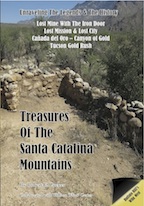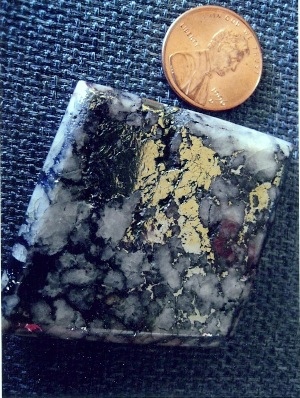|
Entertainment Magazine: Tucson Rodeo Parade Tucson Rodeo & Parade SafetySafety has been a top priority of the Tucson Rodeo Parade Committee since the parade's inception in 1925, and the committee is constantly making adjustments to enhance parade safety. This commitment to safety includes an annual post-parade review of safety practices and opportunities for improvement. The Tucson Rodeo Parade's commitment to safety has delivered accident-free parades since 2008. The Tucson Rodeo Parade Committee is confident that the annual safety reviews and resulting changes have enhanced safety at the parade for all involved - entrants, spectators and animals - while also preserving the distinct character of this 90-year plus Tucson tradition. The Tucson Rodeo Parade's safety practices are so seamlessly integrated into the parade operations that many do not realize their purpose. Here some of the most important safety elements are explained. Parade LocationThe first Tucson Rodeo Parade took place in the streets of downtown Tucson in 1925. The parade route grew crowded and the Tucson Rodeo Parade Committee elected to move it to the area near the Tucson Rodeo Grounds in 1991 to provide a safer environment. The streets of Southern Tucson provides better participant and spectator parking, wider streets and less congestion to create a safer, more spectator-friendly parade route. The Tucson Rodeo Grounds also provide an ideal warm-up environment where horseback entrants can exercise their horses and prepare themselves for the parade. Parade ParticipantsParticipants (via the entrant's "Responsible Party") are given extensive rules for parade day to help ensure the safest parade possible, which are enforced both in the line-up areas and along the parade route. For example. you may see police and Tucson Rodeo Parade Marshals and volunteers encouraging walking groups to "keep pace" with the parade. This ensures that no walking entrants become separated from their rolling entry and keeps the parade route free from distractions and potential safety hazards. Parade SpectatorsParade spectators play an important role in parade safety. The Tucson Rodeo Parade Committee works diligently to educate the public about proper behavior along the parade route, including newspaper ads, parade announcements (along the entire route before the parade begins and throughout the parade in the grandstands) and constant reminders/ enforcement from Parade Marshals and Tucson Police. The Tucson Rodeo Parade Committee spectator guidelines are as follows:
Parade Teams (horses and drivers)The Tucson Rodeo Parade Committee's horse contractor established a network of team owners to supply the horse teams and the drivers for these horse teams beginning with the 2008 parade. This approach ensures that the teams and drivers are as familiar with each other as possible. The Tucson Rodeo Parade Committee also ensures the drivers are familiar with the parade itself distributing an information manual that addresses the route, turn-out locations (for any teams unfit to continue in the parade) and emergency contact locations. In addition, each horse drawn unit is assigned a "handler." Handlers may be on foot or on horseback. and are there to help keep the team of horses calm and collected throughout the parade. Parade MarshalsOften mistaken as being apart of the parade, both horseback and foot Marshals play an important role in parade safety. Horseback Marshals have been apart of the Tucson Rodeo Parade tradition since the 1930s. These experienced horsemen and women ride experienced horses through the parade and assist other entrants as needed. This includes single and group riders, and wagons. Each horseback Marshal receives training at the Tucson Rodeo Grounds in the form of multiple day-long sessions with a marching band, fire trucks and police sirens, flags, etc. Most horses are experienced in parades to begin with, but it's possible to startle any horse and the extra training takes place annually as a precaution. In addition, all horseback Marshals must receive certification that they completed the training and they and their horse performed well in the parade-Iike environment. Parade EquipmentWhile the Tucson Rodeo Parade Committee works to preserve the character of its equipment. they have made some important modifications through the years. In fact, most of the Tucson Rodeo Parade Committee equipment has been enhanced with a braking system. These brakes are often the main focus of volunteer work details as each piece of horse-drawn equipment receives brake maintenance annually. The brakes operate similarly to what's found in an automobile and help drivers keep pace with the parade. These brakes can also be applied in emergency situations and significantly enhance the stopping ability of parade equipment. The Tucson Rodeo Parade Committee keeps documentation on the work done on all of its equipment arid has also assigned "Ioad values" to each place to ensure that it is not overloaded parade day (to ensure proper operation of brakes, etc.). Any entrants found in violation of the load capacity are removed from the parade. This work extends to the harnesses. Documentation is kept on all harnesses anti every entrant (whether equipment is owned by the Tucson Rodeo Parade Committee or private entry) has their harnesses band inspected parade morning before being allowed on the parade route.
|

